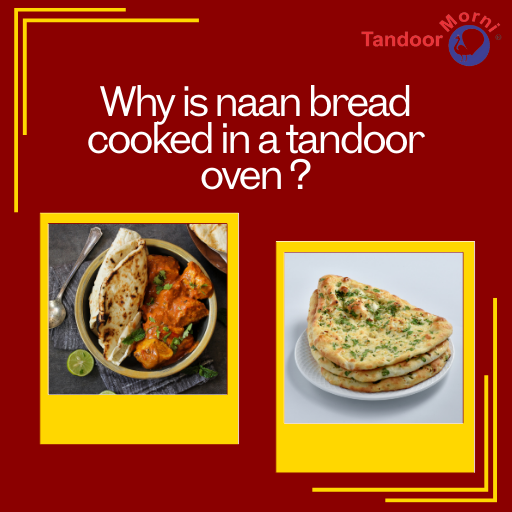
Exploring the Magic of Naan Bread Cooked: Why the Tandoor Makes All the Difference
Cooked to perfection in traditional tandoors, Indian cuisine is famous worldwide for its rich flavors, aromatic spices, and unique cooking techniques. It’s a blend of many cultures, and you can taste the diversity in every dish. Among the various mouthwatering foods, North Indian cuisine stands out with its aromatic gravies, flavorful vegetable stir-fries, and perfectly marinated meats. But one thing that truly completes a meal is the warm, fluffy, and slightly crispy naan bread.
This special bread is cooked in a traditional clay oven known as a Tandoor. The Tandoor gives the naan bread its signature texture—crispy on the outside and soft inside. The use of the Tandoor dates back over 5,000 years to the ancient Indus Valley, one of the world’s oldest civilizations. Even today, it remains a popular cooking method in South Asian cuisine. But what makes cooking in a Tandoor different, and why should you use it for naan bread? Let’s find out.
The Difference Between a Tandoor and a Regular Oven
Although you can cook in both a Tandoor and a regular oven, there are some key differences between these two cooking methods. Understanding these differences can help you appreciate why naan bread tastes so special when it comes from a Tandoor. Most households use electric, gas, or microwave ovens. These ovens have a heating element that uses either gas or electricity to create heat in an enclosed space. You can use them for baking, roasting, and reheating. Regular ovens are versatile, with metal racks and grill hot plates to cook various foods.
A Tandoor is a unique cooking vessel that looks like a hollow dome. It has one opening at the top, which is used for placing food inside and letting some heat escape. Inside, the heat gets trapped within the clay walls, which allows the Tandoor to reach extremely high temperatures with just one load of charcoal. Unlike regular ovens, the Tandoor has thick clay walls that help distribute the heat evenly. It’s ideal for cooking a variety of dishes, from meats like tandoori chicken and lamb to vegetables and, of course, naan bread. But why is the Tandoor so important when making naan bread?
Why Naan Bread Tastes Better When Cooked in a Tandoor
The Tandoor creates a cooking environment that’s hard to replicate in a regular oven. Here are some reasons why naan bread tastes better when it’s cooked in a Tandoor:
- High Temperature for Quick Cooking
The Tandoor reaches temperatures as high as 900°F (480°C), which is much hotter than most regular ovens. This intense heat cooks the naan bread quickly, giving it a light, fluffy interior while forming a slightly crispy crust on the outside. The rapid cooking process locks in the moisture, making the bread tender and soft.
- Even Heat Distribution
The clay walls of the Tandoor absorb and radiate heat evenly. When you stick the naan bread to the inner walls of the Tandoor, it cooks from all directions. This uniform cooking creates an even texture throughout the bread, unlike regular ovens, where heat may not reach every part of the bread equally.
- The Smoky Flavor
The charcoal or wood used in a Tandoor gives the naan bread a unique smoky flavor. The natural heat source adds a rich aroma and taste that you can’t get from electric or gas ovens. Each bite of naan bread cooked in a Tandoor bursts with flavor, making it the perfect partner for spicy curries or grilled meats.
- Iconic Char Marks
The high heat of the Tandoor creates those beautiful char marks on the naan bread. These slightly burnt spots add a depth of flavor and make the bread look more authentic. The unevenly charred edges are a signature characteristic of naan bread cooked in a Tandoor, setting it apart from bread baked in regular ovens.
A Look into the History of Naan Bread and the Tandoor
To appreciate the art of making naan bread, it’s worth exploring the history behind the Tandoor and its role in South Asian cooking. The origin of the Tandoor dates back to the ancient Indus Valley civilization, over 5,000 years ago. People in this region used the Tandoor not only for baking bread but also for roasting meats and cooking vegetables. As time passed, the Tandoor became a staple in Indian households, especially in the northern parts of the country. Families used communal Tandoors, which were often located in a central place within the village. People would prepare the dough at home and take it to the communal Tandoor for baking. It was more than just a cooking method; it was a social activity that brought people together. Today, the Tandoor is still widely used in restaurants and homes for making traditional Indian dishes. Its unique ability to reach high temperatures and cook food evenly has kept it relevant through the ages.
How to Cook Naan Bread in a Tandoor
Cooking naan bread in a Tandoor may seem challenging at first, but with a few tips, anyone can master it. Here’s a simple step-by-step guide to help you get started:
Step 1: Prepare the Dough
Start by mixing flour, water, yeast, sugar, and salt to form a soft dough. For an extra touch of flavor, you can add yogurt or milk to the dough. Knead it well for about 10 minutes until it becomes smooth. Then, cover the dough and let it rest for about an hour, allowing it to rise.
Step 2: Preheat the Tandoor
Light the charcoal in the Tandoor and let it heat up. It usually takes about 30 to 45 minutes for the Tandoor to reach the high temperatures needed for baking naan bread. Make sure the inside walls are glowing red before placing the bread inside.
Step 3: Shape the Naan Bread
Once the dough has risen, divide it into small portions and roll each portion into a ball. Flatten the ball and use a rolling pin to shape it into an oval or round disc. You can sprinkle some seeds, like nigella or sesame, on the dough for added flavor.
Step 4: Cook the Naan Bread
Wet one side of the naan bread with water. This helps the dough stick to the walls of the Tandoor. Gently press the wet side of the bread against the inner wall of the Tandoor and let it cook. Within minutes, the bread will puff up and form golden-brown spots.
Step 5: Remove the Naan Bread
Use a long hook or paddle to carefully remove the naan bread from the Tandoor. Brush it with melted butter or garlic butter for a delicious finishing touch.
Why Naan Bread Complements Indian Dishes Perfectly
Naan bread isn’t just a side dish; it’s an essential part of Indian cuisine. Its soft texture and slightly crispy crust make it perfect for scooping up rich gravies and sauces. Here’s why naan bread pairs so well with Indian dishes:
-
- Soaking Up Flavors: The fluffy interior of the naan bread absorbs the flavors of curries and gravies, making each bite more flavorful. It’s the perfect tool for mopping up every last bit of sauce from your plate.
-
- Balancing Spices: Indian cuisine often features bold spices, and the neutral taste of naan bread helps balance out the heat. The bread’s mild flavor complements spicy dishes, allowing you to enjoy the meal without overwhelming your taste buds.
-
- Versatility: You can enjoy naan bread with a variety of dishes, from creamy butter chicken to spicy lamb curry. It even works well with vegetarian options like paneer tikka or chana masala.
Different Types of Naan Bread You Can Make
There isn’t just one kind of naan bread. You can customize the bread in many ways to create different flavors. Here are some popular types of naan bread:
1. Plain Naan
This is the simplest form of naan bread, made with just flour, water, yeast, and salt. It’s soft and slightly chewy, making it a great choice for pairing with any dish.
2. Butter Naan
Butter naan bread is brushed with melted butter right after it comes out of the Tandoor. The butter adds richness and enhances the flavor, making the bread even more delicious.
3. Garlic Naan
Garlic naan bread has a bold flavor that comes from fresh minced garlic. You can either mix the garlic into the dough or sprinkle it on top before cooking. It’s a perfect match for dishes like chicken tikka masala.
4. Cheese Naan
Cheese naan bread is a favorite for those who enjoy a bit of indulgence. The dough is stuffed with cheese, usually mozzarella or paneer, before being cooked in the Tandoor. The result is a gooey, cheesy delight that goes well with spicy curries.
5. Keema Naan
Keema naan bread is filled with spiced minced meat, usually lamb or beef. The meat is cooked and seasoned with spices before being stuffed inside the dough. This type of naan bread can be a meal on its own, served with a side of yogurt or chutney.
6. Peshawari Naan
Peshawari naan bread has a sweet touch, as it’s filled with a mixture of dried fruits and nuts, such as raisins, almonds, and coconut. This slightly sweet bread pairs well with savory dishes, providing a balance of flavors.
The Health Benefits of Naan Bread
While naan bread is delicious, it also offers some nutritional benefits. When made with whole wheat flour, naan bread can be a good source of fiber, which helps with digestion. It also provides essential nutrients like iron, magnesium, and B vitamins. Adding ingredients like garlic or seeds can boost the health benefits even further.
Making Naan Bread at Home Without a Tandoor
Not everyone has access to a Tandoor, but you can still make delicious naan bread at home. Here are some alternative methods:
Using a Stovetop
Heat a heavy skillet or griddle on medium-high heat. Cook the naan bread on one side until bubbles form, then flip it and cook the other side. You can even hold the bread directly over the flame for a few seconds to get those signature char marks.
Using a Pizza Stone in the Oven
If you have a pizza stone, place it in your oven and preheat to the highest temperature. Cook the naan bread on the hot stone for about 2-3 minutes. The stone helps mimic the high heat of a Tandoor, giving the bread a similar texture.
Using a Cast-Iron Pan
A cast-iron pan can work wonders for making naan bread. Heat the pan on the stovetop, place the bread in the pan, and cover it with a lid. The steam helps the bread puff up, while the hot pan gives it a nice crust.
Tips for Perfect Naan Bread Every Time
-
- Use High-Protein Flour: High-protein flour like bread flour can give your naan bread a better texture.
-
- Let the Dough Rest: Allowing the dough to rest gives it time to develop flavor and makes it easier to roll out.
-
- Don’t Skip the Butter: Brushing melted butter or ghee on the naan bread adds a rich flavor.
-
- Use Yogurt or Milk: Adding yogurt or milk to the dough makes the bread softer and adds a subtle tang.
Naan Bread Beyond Indian Cuisine
While naan bread is a staple in Indian cuisine, its popularity has grown worldwide. People now use it in different ways, such as:
-
- Pizza Base: Use naan bread as a base for pizza. Top it with tomato sauce, cheese, and your favorite toppings for a quick and delicious meal.
-
- Sandwich Wrap: Wrap grilled meats, fresh vegetables, and sauces in naan bread for a tasty sandwich.
-
- Flatbread with Dips: Serve naan bread with hummus, baba ghanoush, or any dip for a flavorful appetizer.
Why Tandoor Morni is the Go-To for Authentic Tandoors
If you want to experience authentic naan bread at home, consider investing in a quality Tandoor. Tandoor Morni offers a range of traditional clay Tandoors designed for both beginners and experienced cooks. Each Tandoor features a clay pot fitted in a stainless-steel drum, combining tradition with durability. Whether you’re cooking for family or hosting a party, Tandoor Morni Tandoors provide the perfect solution.
Conclusion
Naan bread cooked is more than just a type of bread—it’s a key part of Indian culture and cuisine. Cooking it in a Tandoor brings out the best in the bread, giving it a texture and flavor that other methods can’t match. Whether you’re a seasoned chef or just someone who loves Indian food, trying your hand at making naan bread in a Tandoor is a rewarding experience. From its ancient roots to its place in modern kitchens worldwide, naan bread has a special charm that goes beyond taste. It’s about sharing, tradition, and bringing people together over a meal. So go ahead, try making naan bread the traditional way, and enjoy every bite of this timeless delicacy. The Tandoor Oven is more than just a cooking tool. It’s a gateway to a rich tradition of flavors and techniques that have been passed down for generations. Whether you choose a traditional clay model or a modern stainless steel version, using a Tandoor Oven will change the way you cook. With proper maintenance and care, your oven can last for many years, providing countless opportunities to explore the world of tandoori cooking.
Need Help? Order and Technical Support
Have questions or ready to place an order? Reach out to us via phone at +1(727) 251 6924 or email us at info@tandoormorni.com.
Need detailed instructions? Explore the Operation Manual for our CH & CS models to get started with your Tandoor oven today.
About Tandoor Morni
Tandoor Morni, in business since 1992, is a trusted name in premium Tandoori Clay Ovens, known for crafting high-quality traditional and commercial tandoors. With a commitment to excellence, Tandoor Morni offers a wide range of tandoors, including commercial, residential, catering, and copper models. Our tandoors are built with durable materials and designed for efficient heat distribution, ensuring authentic flavors and fast cooking. Each oven features customizable options like gas, wood fire, or charcoal compatibility, making them suitable for various cooking needs.
Common Queries – FAQ’S
Can I use a tandoor Indoors?
Yes, certain tandoor models are designed for residential use, including compact, home-friendly versions. However, using a tandoor indoors requires proper ventilation and adherence to safety precautions to manage high heat and potential smoke. Always consult the manufacturer’s guidelines to ensure safe indoor use. For best results, they are often used in well-ventilated spaces or outdoors.
Are Tandoor-Cooked Foods Healthy?
Yes, tandoor-cooked foods are often considered healthy because they typically require little to no oil. The high cooking temperatures allow the food to cook quickly, preserving nutrients while reducing the need for additional fats. Additionally, the vertical cooking method allows excess fats to drip away, resulting in leaner dishes.
What Types of Fuel Can Be Used in a Tandoor?
Tandoors can be heated using charcoal, wood, natural gas or propane. Charcoal and wood provide an authentic smoky flavor, while natural gas or propane is more convenient and easier to control. The choice of fuel often depends on the specific cooking requirements and local regulations, especially in commercial settings.
How Does a Tandoor Oven Differ from a Conventional Oven?
Unlike conventional ovens, which use electric or gas heat, a tandoor is made from clay and uses charcoal, wood, or gas to heat the walls. The cylindrical shape and porous clay walls create an environment where heat circulates evenly, cooking food quickly while adding a smoky flavor. Conventional ovens, in contrast, lack the intense heat and unique cooking technique of a tandoor.
How Much Maintenance Does a Gas Tandoor Require?
Gas Tandoor needs regular maintenance, though less than Charcoal Tandoor models. Here’s a breakdown:
- Daily Maintenance: Wipe down the inner chamber and clean the burner.
- Weekly Maintenance: Check the burner and gas line for any blockages or leaks.
- Monthly Maintenance: Deep clean the gas pipes, burners, and inner chamber.
- Quarterly Maintenance: Have a professional inspect the gas connections and burners.
- Annual Maintenance: Perform a full inspection and reapply clay lining if needed.
Avoid exposing the tandoor to excessive water, and gradually increase heat to prevent cracks.
How Can I Make a Payment for My Tandoor Order?
You can pay for your tandoor order through our website by placing an online order using the available payment options. If you prefer to place an order over the phone, we accept payment via Zelle for a quick and secure transaction.
Which Tandoor Oven Size Should I Choose?
- For Home Use: Consider the number of family members or guests you typically serve. A mini tandoor is ideal for smaller gatherings.( Suggested Product: R26 )
- For Restaurants: Measure the entrance to ensure the oven fits through the door. Select a size based on available space and cooking needs. (Suggested Product: CH02)
- For Naan Bread: Opt for an oven with a smaller mouth opening, resulting in a more egg-shaped clay pot, perfect for naan preparation. For larger meat portions, choose a bigger oven to maintain heat longer. (Suggested Product: CH04)
- For Catering: A Clay Tandoor Oven is suitable for catering due to its lightweight and easy transport features. (Suggested Product: CS01)
- For Banquet Halls: A larger oven with a spacious clay pot is ideal for preparing multiple dishes quickly during big events. (Suggested Product: CH06)
- For Open Kitchens or Outdoor Patios: Choose a model with a decorative finish, such as a copper tandoor, to enhance the kitchen’s appearance with a touch of elegance. (Visit Our Copper Tandoor).
What Should You Consider When Installing a Restaurant Clay Oven?
- When installing a tandoor in your restaurant kitchen, consider the following:
- Space and Placement: Ensure there is enough clearance around the tandoor for ventilation and safety, with fireproof or heat-resistant flooring.
- Ventilation and Exhaust: Proper ventilation is essential to handle heat and smoke, especially with charcoal tandoors.
- Safety Measures: Use heat-resistant barriers if the tandoor is near other equipment, and keep fire safety equipment like extinguishers handy.
- Fuel Supply: Decide between charcoal, which offers traditional flavors, and gas, which is easier to manage.
By keeping these points in mind, you can ensure a safe and efficient tandoor setup. If you're looking for a Restaurant Clay Oven for Sale, make sure to choose a model that fits your kitchen's requirements and meets all necessary safety standards.
- Menu Considerations: Larger tandoors or multiple units may be needed if you have a diverse menu or high demand during peak hours.
- Maintenance and Cleaning: Clean the tandoor daily and monitor for any wear or damage to the clay or gas parts.
- Compliance with Regulations: Ensure your installation meets local safety standards and health codes.
- Staff Training: Train staff in safe tandoor operation and fire safety protocols.


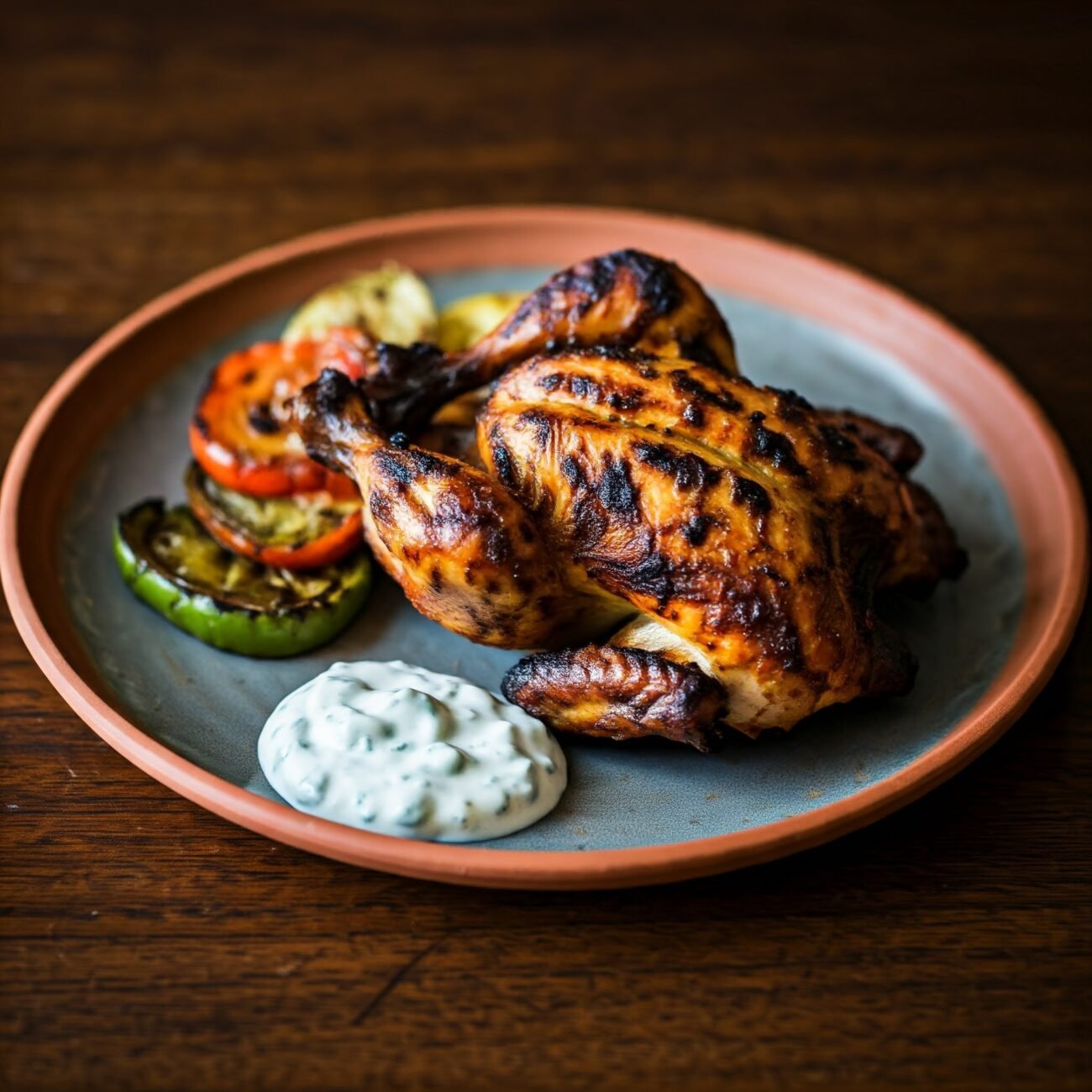
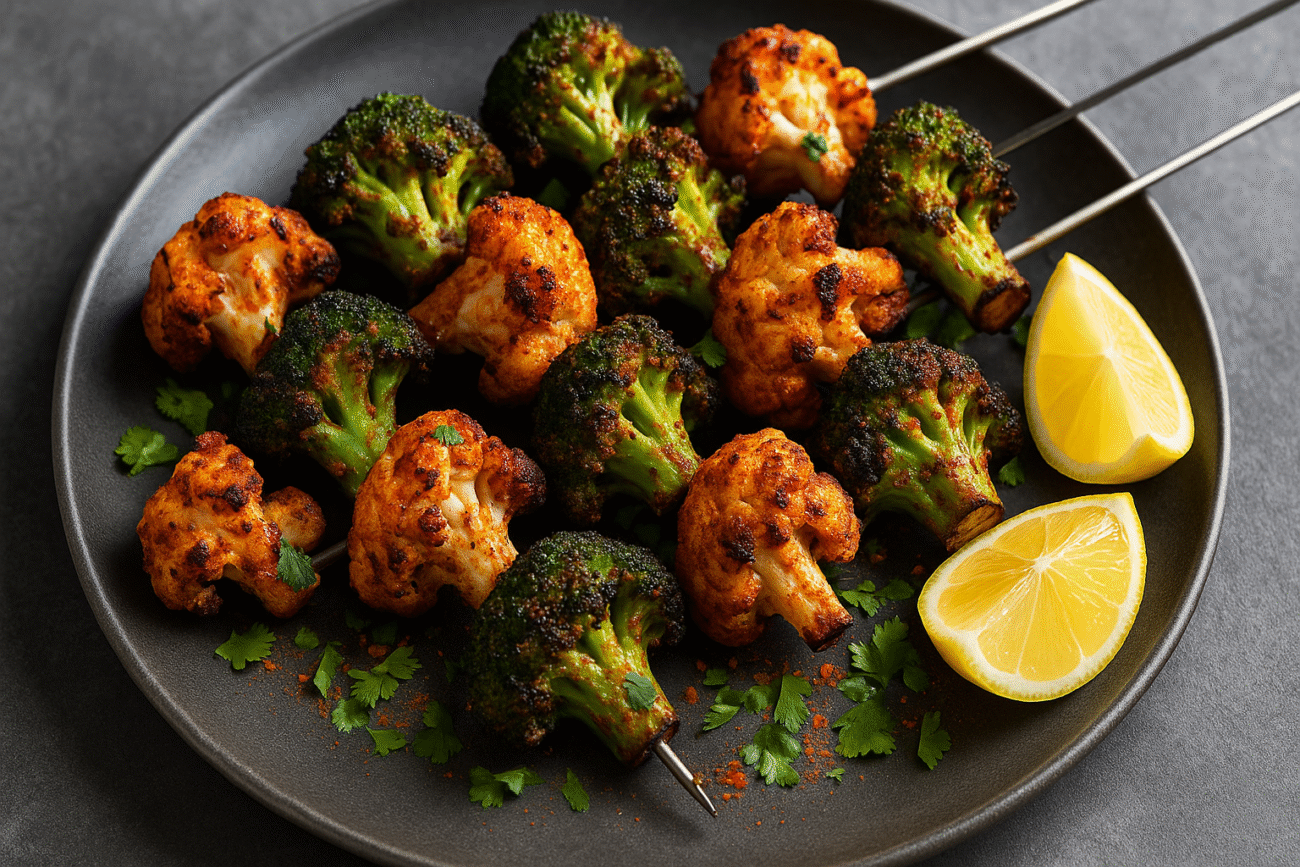
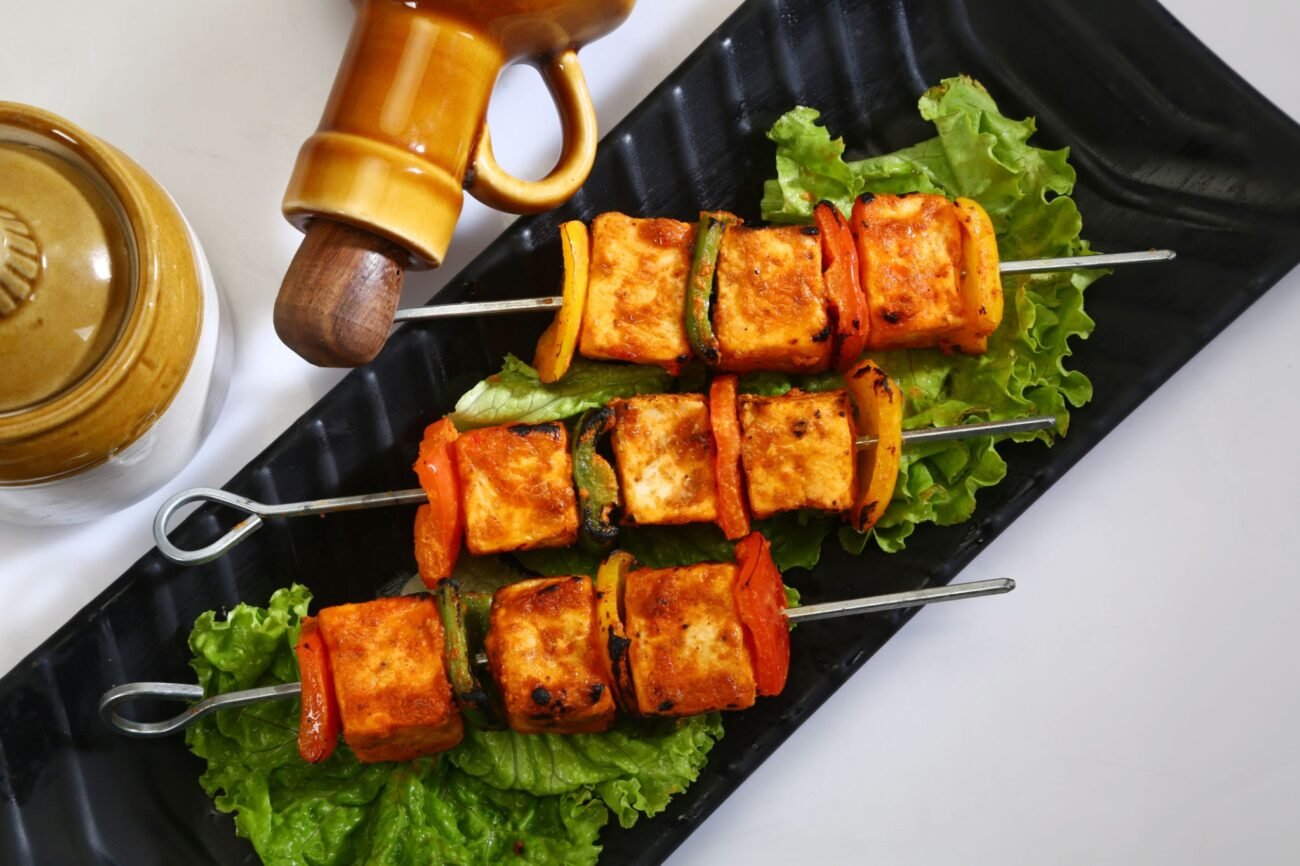
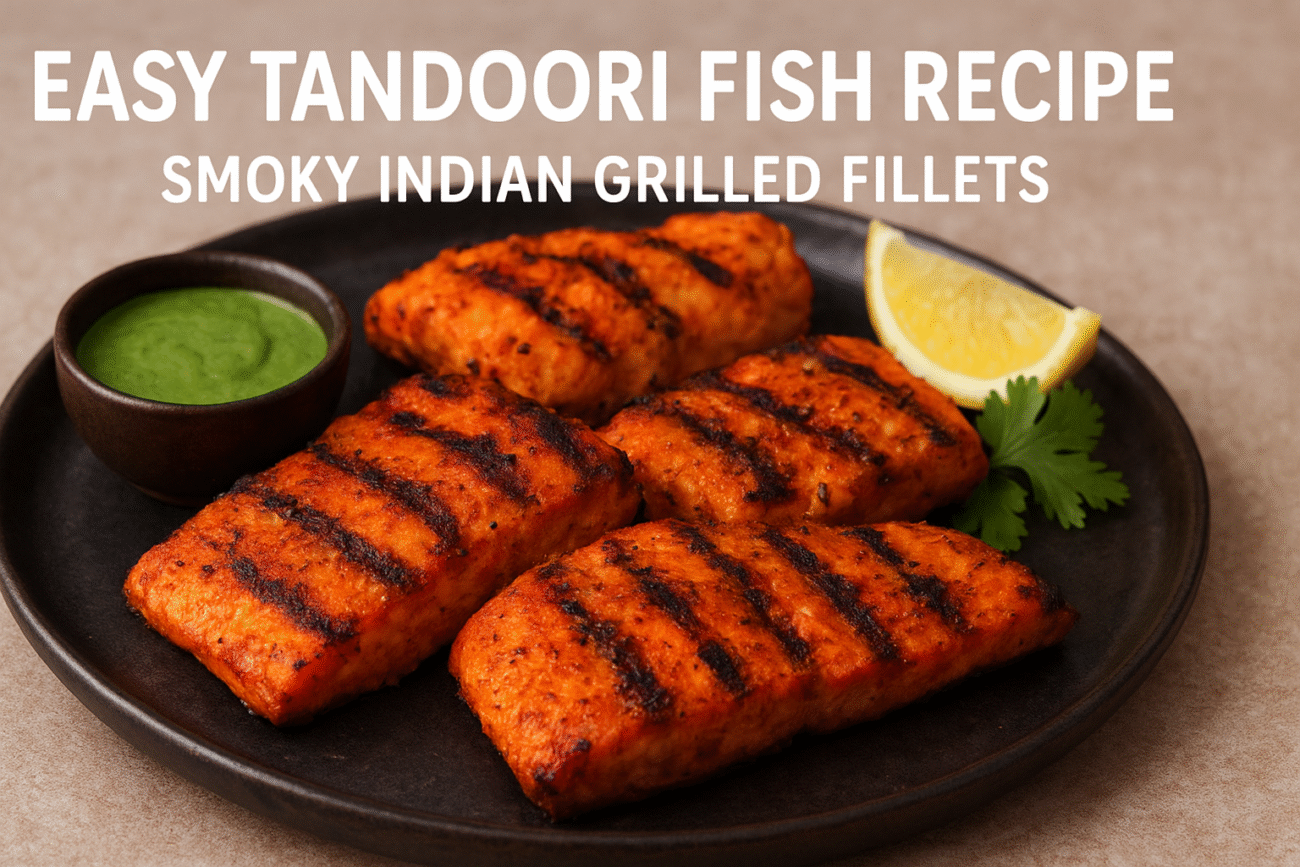
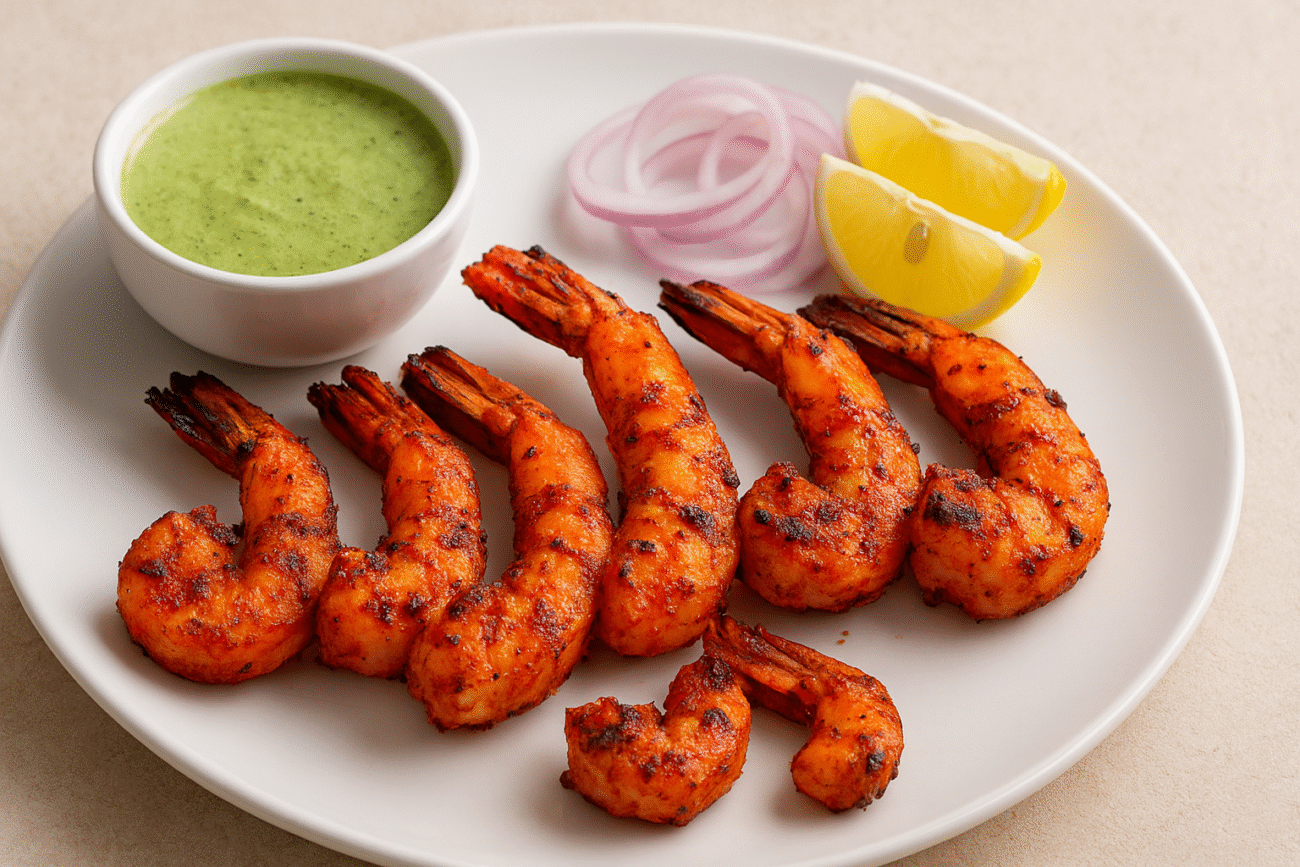
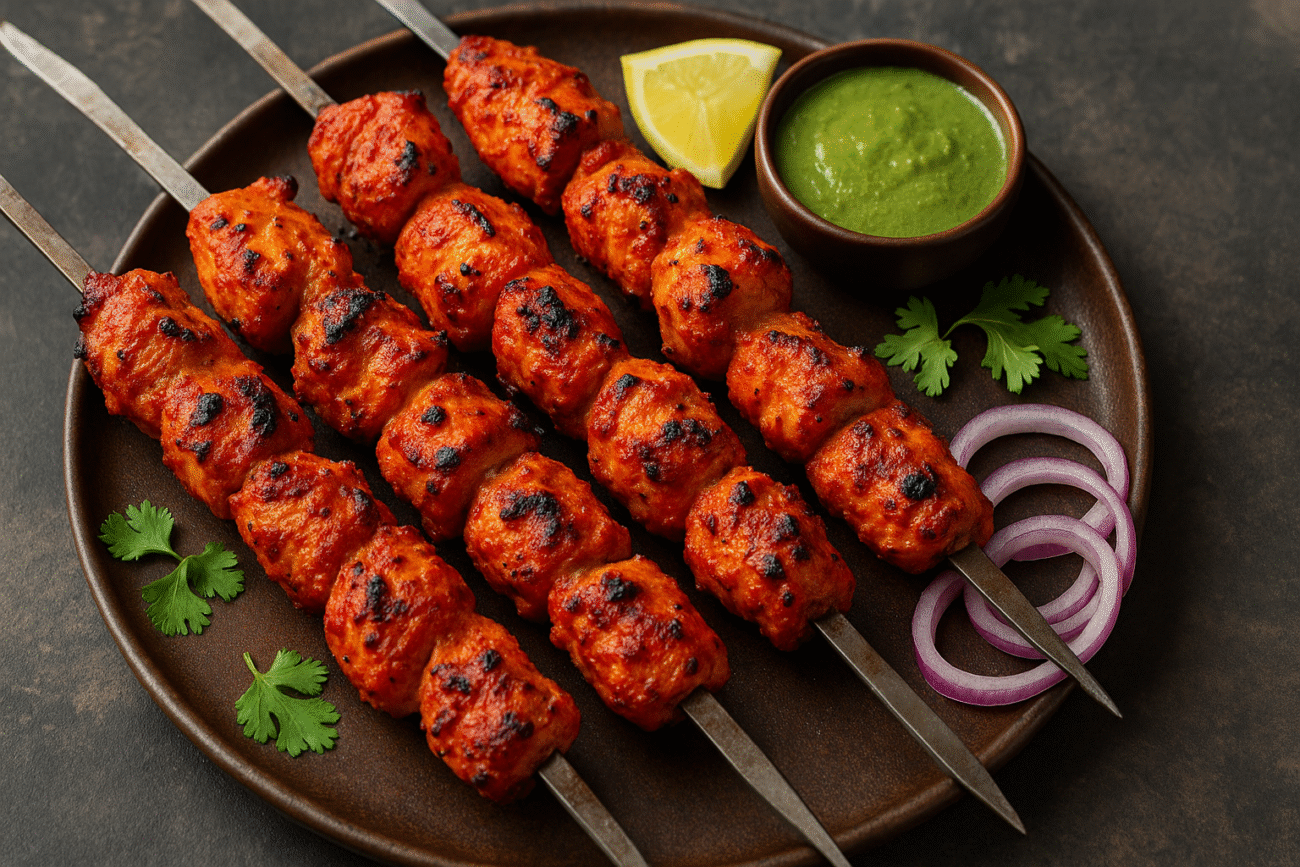
Leave a comment